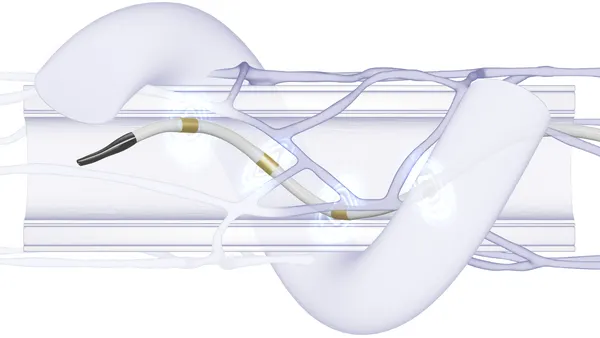Dive Brief:
- Philips is updating use instructions for multiple ventilator models due to the risk of aerosol deposits accumulating on a sensor when in-line nebulizer treatments are used, according to a recall notice posted Tuesday by the Food and Drug Administration.
- The issue may cause patients to receive too much airflow or not enough oxygen without the ventilator operator being aware of the issue, the FDA said. Four injuries were reported in connection with the problem.
- Use of the products under previous instructions could result in serious adverse health consequences including respiratory discomfort, lung damage from over-delivery of volume, low oxygen saturation or death, according to the notice. The recall does not involve removing the devices from where they are used or sold.
Dive Insight:
The ventilators are for people who need mechanical breathing support. They provide continuous positive airway pressure and intermittent positive airway pressure in the hospital, at home or during nonemergency transport.
If used without following the updated instructions, the devices may cause serious injury or death, the FDA said. The recall includes Aeris, Garbin and LifeVent models, as well as several models of Trilogy ventilators.
The issue may affect any device ever used with in-line nebulizer treatments, the FDA said.
Device users should follow instructions that include ensuring alarms are set properly, keeping alternate ventilation sources available if needed, and following visual instructions for correct nebulizer placement.
Philips sent all affected customers an urgent medical device correction letter on Oct. 7.
Philips separately recalled several of the Trilogy ventilator models in July, putting out a software update to correct problems including false power loss alarms and inaccuracies with oxygen display and volume measurement that could affect patient breathing.
The ventilators were also part of a broader recall of more than 15 million Philips respiratory devices due to the use of soundproofing foam that could break down and be inhaled by patients.













